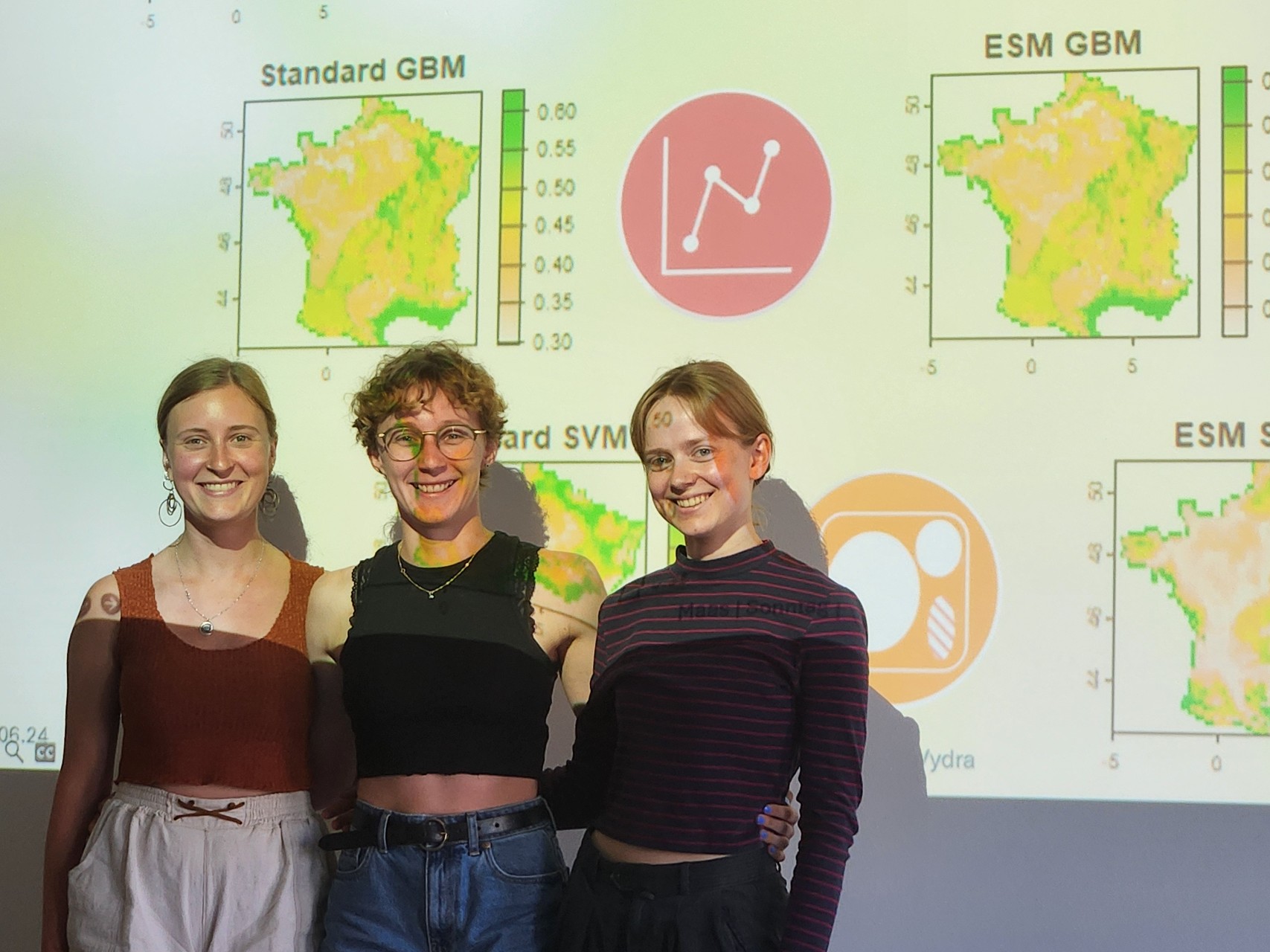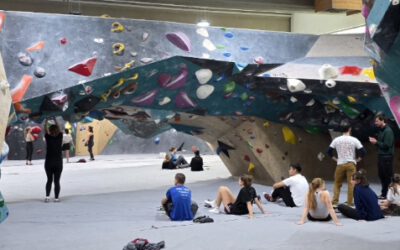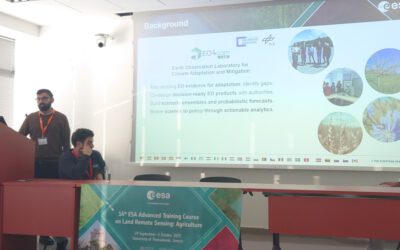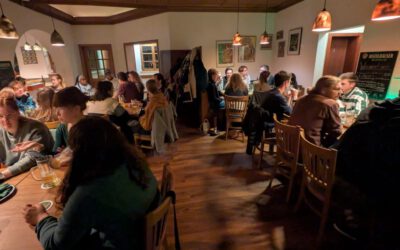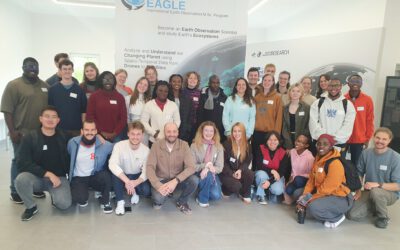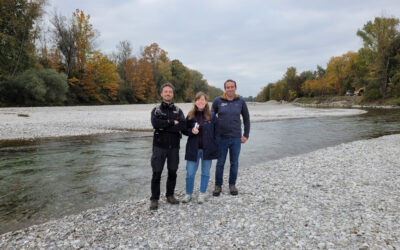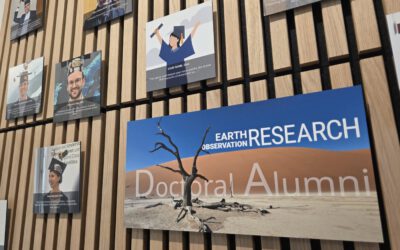They introduced very nicely the relevance for locust prediction and the current challenges plus they explained the modelling approach in detail and outlined every single code snippet for the prediction analysis.
Rock-In: Kicking Off the Semester With Climbing, Conversation, and Community
What better way to start the semester than by climbing some walls and breaking the ice—literally and figuratively? Today, we hosted our first social event of the semester at the local boulder gym: Rock-In! It was a relaxed morning designed to bring everyone...

